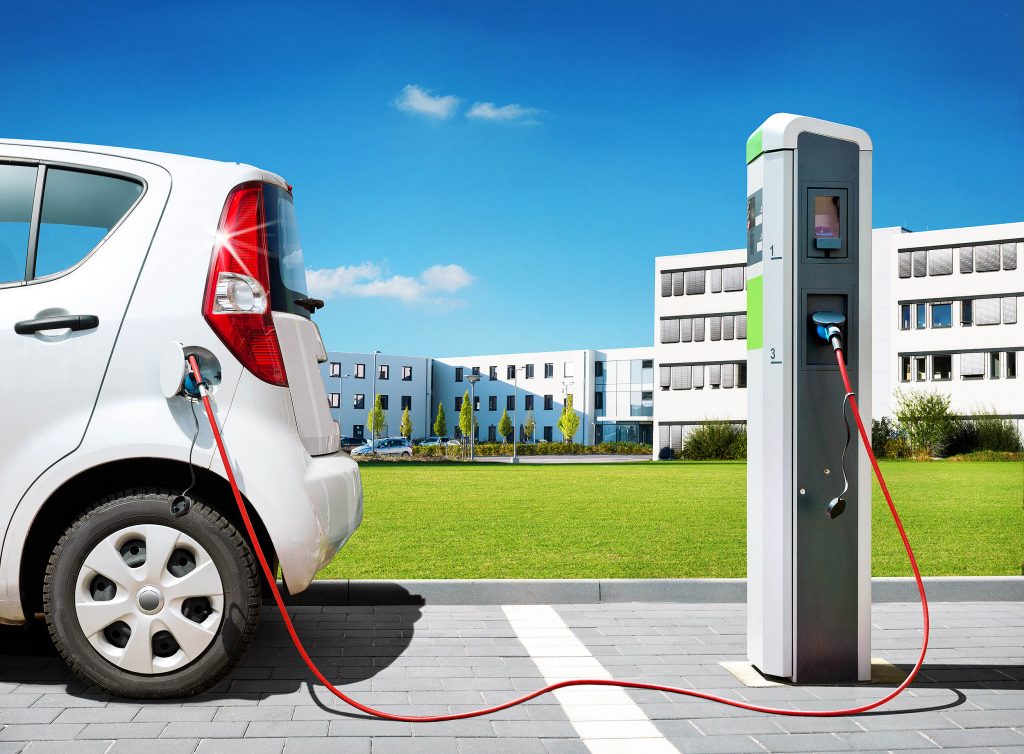Charging Station Advanced Software Essential to Sustainable EV Growth

If electric vehicles are going to get more popular than gasoline transport on American roads, its charging infrastructure will need a big boost as well as the software at its charging stations.
Automobile industry analysts admit the very important role of software in improving the ownership and charging experience for EVs and note that advanced charger software will address a bothersome problem for current EV owners. Payment charging and initiation are among the top complaints about current charging stations. There will be a broader adoption of the ISO 15118 “plug and charge” standard.
Tesla was one of the first to market with its own proprietary version of plug and charge. Charger software makers ought to look to Tesla for direction.
Advanced software at charging stations plays a crucial role in addressing scalability issues as the EV charging system grows.
It can monitor and manage the energy demand across multiple charging stations. By intelligently distributing power, advanced software prevents grid overloads and ensures efficient energy use, even during peak times.
It can balance the load between multiple chargers, optimizing the charging process and reducing strain on individual chargers. As the number of EVs on the road increases, this helps maintain consistent EV charger performance.
By using data analytics, advanced software can predict potential maintenance issues before they become critical. This proactive approach minimizes charger downtime and ensures that the charging infrastructure remains reliable as it scales.
Advanced software provides real-time insights into the performance and usage of charging stations. This allows operators to make informed decisions quickly, optimizing the overall performance of the EV charging system as it grows.
Advanced charger software could be used to manage the integration of renewable energy sources into the EV charging infrastructure.
Battery-integrated technology, managed by advanced software, can store excess energy during low demand periods and release it during peak demand.
It helps stabilize the grid but also ensures there is always sufficient power available for charging, enhancing the scalability of the EV charging system.
How soon the electrical grid will start to feel the burden of EVs remains to be seen, as reports of a waning interest in the technology have emerged in recent months.
The popularity of EVs has been waning due to several factors, including high initial costs that make them less accessible to a broad range of consumers.
Some experts still predict volatile growth for EVs. Some years we’ll see more growth than others, but it will still be growth and there’s still a lot of consumer interest in EVs.


Latest News